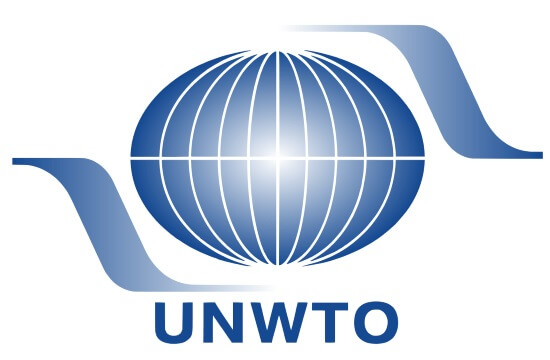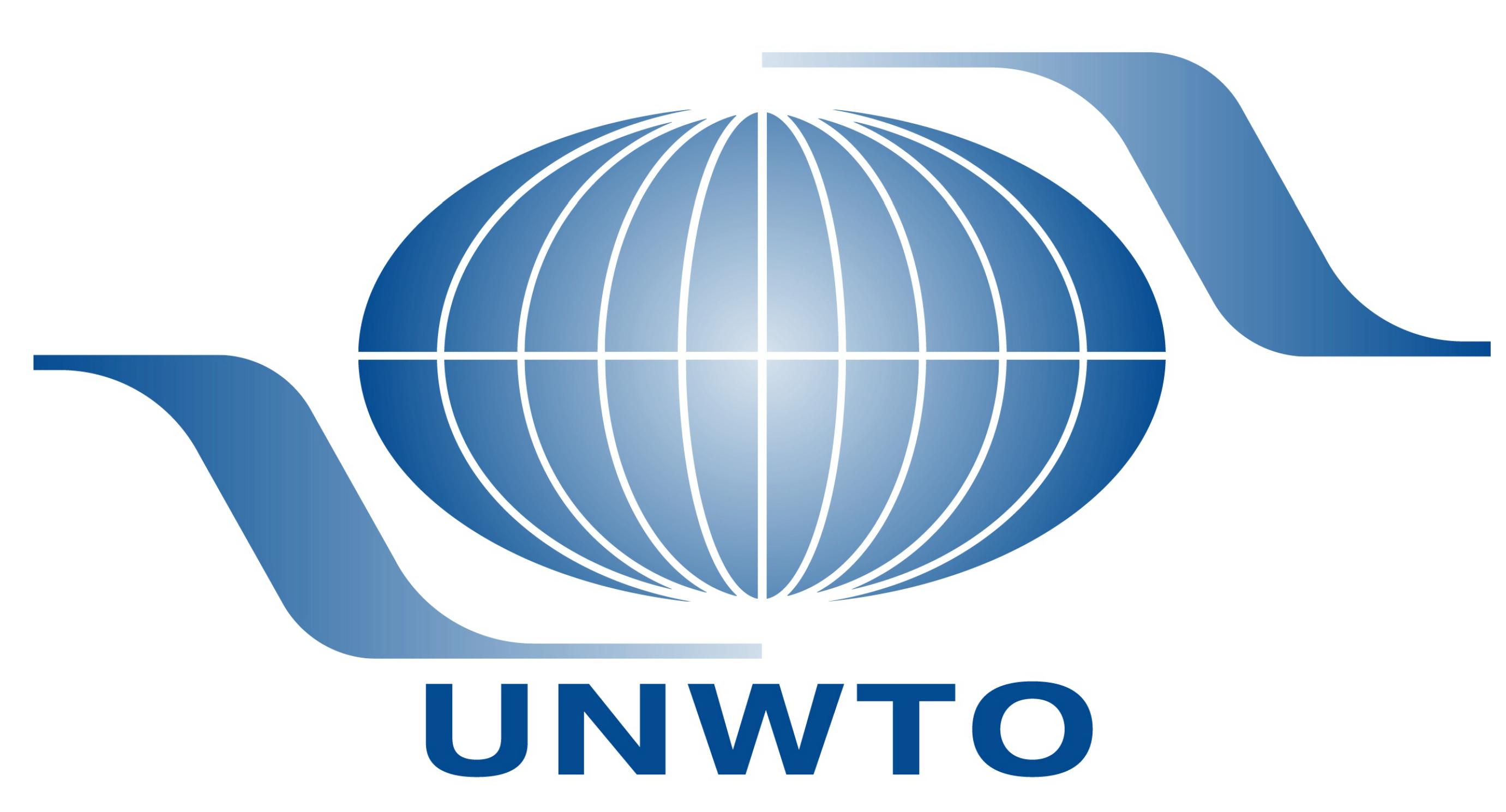
2017 set to become eighth year of solid growth in tourism
Tourism figures for the first 6 months of 2017 confirm that the sector is set for its eighth year of consecutive solid growth since the economic crisis of 2009. In the first half of 2017, international tourist arrivals worldwide grew by 6% compared to the same period last year.
598 million international tourists, 36 million more than in the same period of 2016, traveled to other countries in the first 6 months of 2017. The figure supposes an increase of 6% compared to the same months of the previous year, according to the latest UNWTO World Tourism Barometer.
International arrivals reported by destinations around the world were positive overall, with very few exceptions. Most of 2016’s strong performers maintained momentum, while destinations that struggled in previous years continued to rebound in the first part of 2017. This is especially reflected in the better results of the Middle East (+10%), Africa (+8%) and Europe (+8%). Asia and the Pacific (6%) and the Americas (+3%) continued to enjoy robust growth.
“Destinations that were affected by negative events during 2016 are showing clear signs of recovery over a very short period of time. This is very welcoming news for all, but particularly for those whose livelihoods depend on tourism in these destinations,” said UNWTO Secretary-General Taleb Rifai.
Regional Results
International arrivals in Europe (+8%) rebounded in January-June after mixed results last year. Confidence returned to some destinations that were impacted by security incidents, while others continued to grow strongly. Results improved particularly in Southern Mediterranean Europe (+12% as compared to +1% in 2016) and Western Europe (+6% as opposed to +0% in 2016). Northern Europe (+8%) continued to record strong growth, while Central and Eastern Europe recorded 2% more international arrivals, in line with results of last year.
In Asia and the Pacific, international arrivals were up 6% through June with sound results across all four subregions. South Asia (+12%) led growth, followed by Oceania (+8%), South-East Asia (+7%) and North-East Asia (+4%). International arrivals in the Americas were up 3% with strong results in South America and Central America (both +7%), while arrivals in North America grew by 2% and in the Caribbean by 2%.
Limited data available for Africa points to an 8% increase in international arrivals, with North Africa (+17%) recovering strongly. International arrivals in the Middle East rebounded by an estimated 10% following a 3% decline in 2016.




